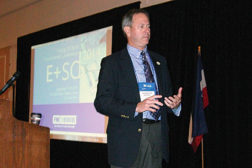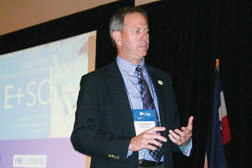Articles by Peter Powell
System Designs Become More Complex
Read More
Considerations in Refrigeration Systems
Refrigerants, Design, Commissioning Come into Play
Read More
Snyder’s Commitment to Training Ranks it One of the Best in 2014
Jacksonville, Florida, Contractor Focuses on Educating and Mentoring Employees
Read More
Pairing Emerging Refrigerants with Appropriate Systems
Refrigerants, Design, and Commissioning Come into Consideration
Read More
FMI Considers the Future of Supermarket Refrigeration
Research Reveals Optimal Refrigerant Choice is Dependent on Application, Setting
Read More
Copyright ©2024. All Rights Reserved BNP Media.
Design, CMS, Hosting & Web Development :: ePublishing








